Carcare.org Blog: Check Engine Light On? Could Be A Faulty O2 Sensor
[ad_1]
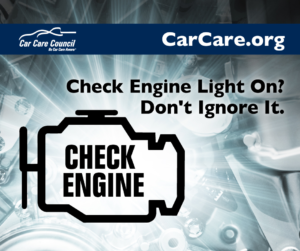 According to the annual CarMD® Vehicle Health Index™ one of the most common check engine light repairs is replacing the oxygen sensor. This relatively minor repair can be costly if neglected, leading to as much as 40 percent lower fuel efficiency, causing further damage to your vehicle’s exhaust system and adversely impacting the environment.
According to the annual CarMD® Vehicle Health Index™ one of the most common check engine light repairs is replacing the oxygen sensor. This relatively minor repair can be costly if neglected, leading to as much as 40 percent lower fuel efficiency, causing further damage to your vehicle’s exhaust system and adversely impacting the environment.
“Vehicles with faulty oxygen sensors typically seem to drive and handle well, but the malfunction can dramatically decrease fuel efficiency and lead to costlier repairs if ignored,” said Rich White, executive director, Car Care Council. “A faulty oxygen sensor means your vehicle is emitting more pollutants and if the check engine light is illuminated, it may not pass vehicle emissions testing in those states requiring it for vehicle registration.”
A vehicle’s oxygen sensors are mounted in the exhaust system; they monitor the catalytic convertor’s operation and the level of oxygen in exhaust gases to maintain efficient engine operation. The best way to prevent an oxygen sensor failure is to follow a regular service schedule, including routine oil changes.
Unlike the past nine years of the annual CarMD report, costly catalytic converter replacement edged out O2 sensor replacement as the most common check engine light repair. Catalytic converters do not typically fail unless maintenance and other repairs are ignored or the vehicle is older. Average vehicle age has increased from 10.6 years to 11.7 years over the past decade, contributing to this outcome.
“It is important that car owners check the reason for an illuminated check engine light without delay and make necessary maintenance to avoid more costly repairs, like catalytic converter replacement, down the road,” said White. “If you find your vehicle needs service, call your trusted local repair shop as automotive repair is considered an essential service.”
The Car Care Council’s popular Car Care Guide features helpful information about the check engine light. Available in English and Spanish, a free printed copy of the 80-page Car Care Guide can be ordered by visiting www.carcare.org/car-care-guide.
The non-profit Car Care Council is the source of information for the “Be Car Care Aware” consumer education campaign promoting the benefits of regular vehicle care, maintenance and repair to consumers. For the latest car care news, visit the council’s online media room at http://media.carcare.org. To order a free copy of the popular Car Care Guide, visit the council’s consumer education website at www.carcare.org.
[ad_2]
carcare.org blog source link

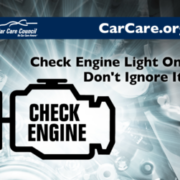
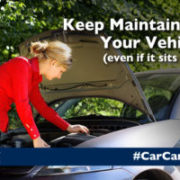
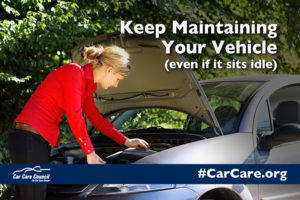
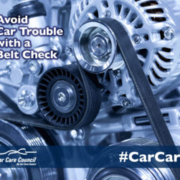
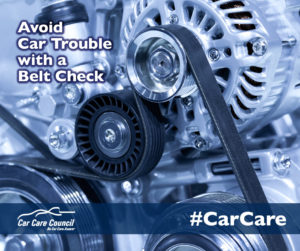

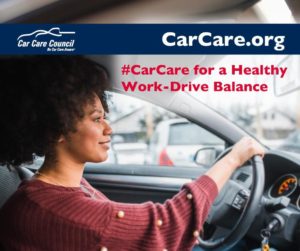

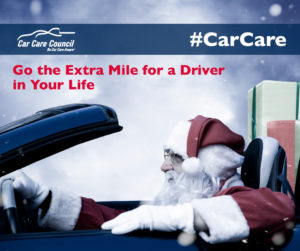

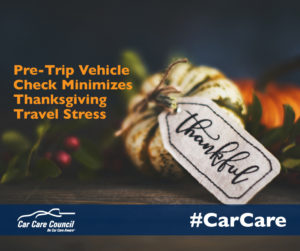

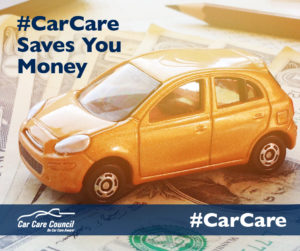
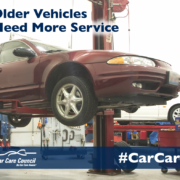
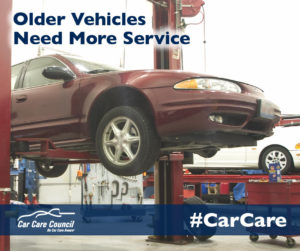 The average age of vehicles on the road is rising, and as cars get older, they need more service and repair. The non-profit Car Care Council recommends that motorists who own an older car, truck or SUV become more diligent about preventative maintenance.
The average age of vehicles on the road is rising, and as cars get older, they need more service and repair. The non-profit Car Care Council recommends that motorists who own an older car, truck or SUV become more diligent about preventative maintenance.








